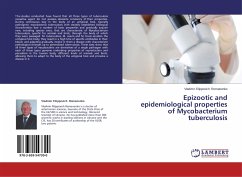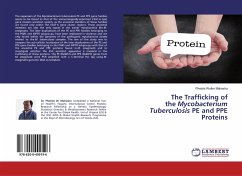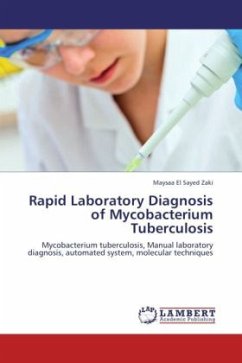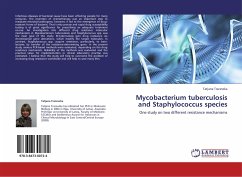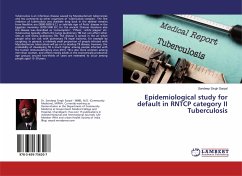The studies conducted have found that all three types of tuberculosis causative agent do not possess absolute constancy of their properties. During continuous stay in the body of an untypical host, typically pathogenic mycobacteria tuberculosis with steadily established biological characteristics lose a number of basic properties and gradually acquire new, including species ones, that are characteristic of Mycobacterium tuberculosis, specific for animals and birds, through the body of which they were passaged. M. tuberculosis, M. avium and M. bovis sensitize the untypical host body, they result in a high titre of specific antibodies in their blood, and adapting gradually, invoke in them a disease with characteristic pathological changes up to generalized tuberculosis. These data show that all three types of mycobacteria are derivatives of a single pathogen with each of these types genome underlying properties of reproduction and parasitism in the human body, different kinds of animals and birds, allowing them to adapt to the body of the untypical host and provoke a disease in it.
Bitte wählen Sie Ihr Anliegen aus.
Rechnungen
Retourenschein anfordern
Bestellstatus
Storno

